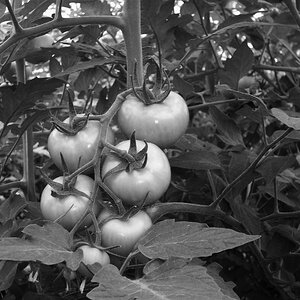Neil S.
TPF Noob!
- Joined
- Jul 16, 2010
- Messages
- 1,128
- Reaction score
- 21
- Location
- Japan
- Can others edit my Photos
- Photos NOT OK to edit
No. Firstly there are already larger sensors and companies fill that niche quite nicely. I don't think Nikon has anything to gain other than headache of trying to compete with yet another camera manufacturer by creating a medium format camera.
Secondly there would be two things that impact the change of the format. 1) either a new technology is created and companies work together en mass to take advantage with an interchangable format (4/3rds did this). or 2) the lens catalogue is backwards compatible (aps and micro4/3rds did this).
Creating good lenses is hard and very expensive. So if Nikon / Canon chose to create a larger sensor they'd need to redesign a camera and create a whole lot of new lenses at the same time (a kind of a resource drain that can potentially bankrupt companies), or develop a new camera for an existing format competing directly with new competitors in a field where they have zero reputation for only a TINY subset of professional customers.
My speculative opinion is that it would be madness.
You make some really good points here...
I would think that you are right, and this wont happen anytime soon.
I really hope this is the case, because I dont want to have to replace my glass lol.
As far as FF sensors are concerned, they are still very low density compared to APS-C. This is even true for the D3x, and its relatively high MP count.
There is still a lot of headroom left, and it seems that 30 MP or so would be more than enough for 99.9% of all shooters.
This will in the future give the camera makers the flexibility to go either the higher resolution route, or to focus on better dynamic range and high Iso performance as Derrel had discussed before.
- Neil


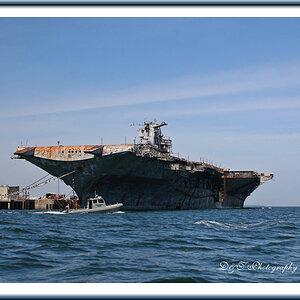

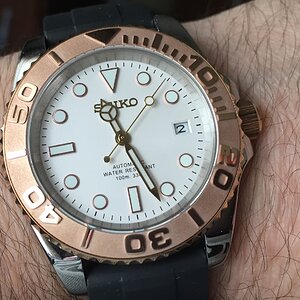
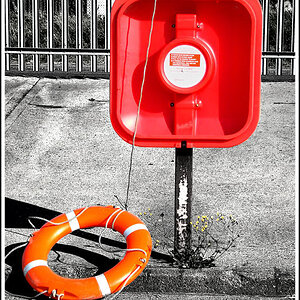

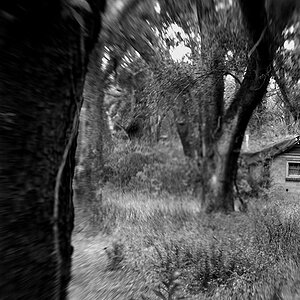



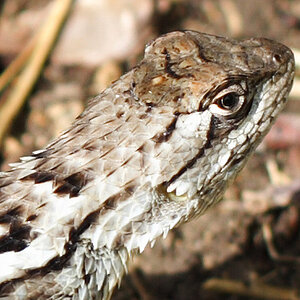
![[No title]](/data/xfmg/thumbnail/39/39490-b2e64c58554ef92efe2474950d27753d.jpg?1619739050)
